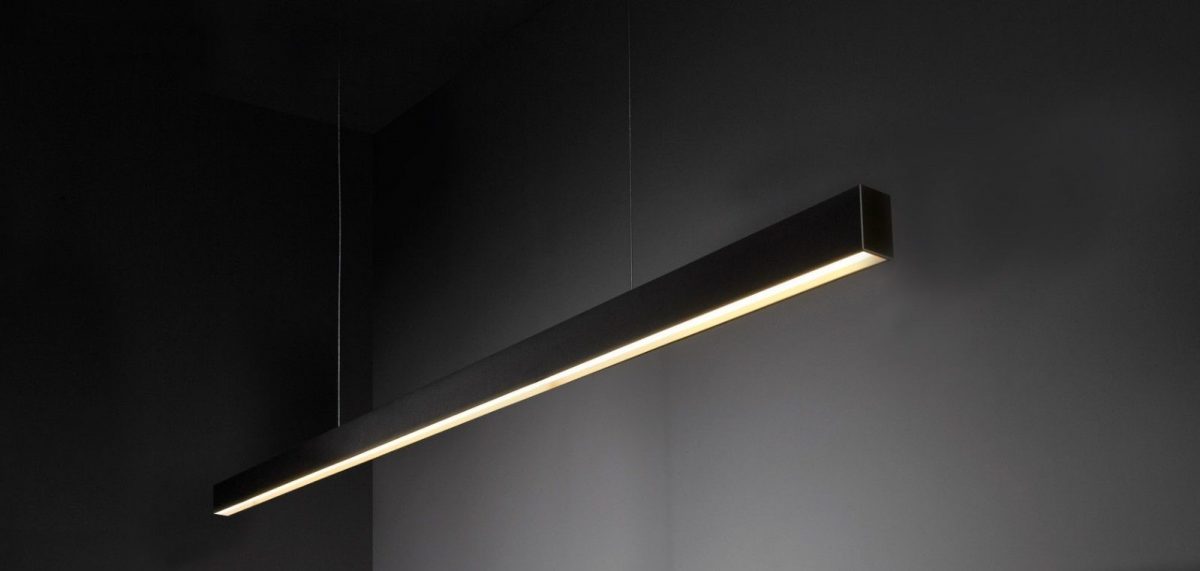Marble is a widely used natural stone that is appreciated for its durability, beauty, and unique patterns. It is often used for flooring, countertops, and decorative purposes. In 2021, the global marble market has seen significant growth, with several countries emerging as major exporters. This article will delve into the top exporters of marble in 2021, specifically Turkey, Italy, Iran, Greece, and Portugal.
In this article, we will cover:
- Introduction
- Overview of Marble Export Industry
- Turkey: The Leading Marble Exporter
- Italy: A Major Player in the Marble Export Market
- Iran: The Third Largest Marble Exporter
- Greece: A Small But Steady Marble Exporter
- Portugal: Emerging as a Key Player in Marble Export Market
- Factors Driving the Marble Export Market Growth
- Challenges Faced by Marble Exporters
- Conclusion
- FAQs
1. Introduction
Marble has been used in architecture and art since ancient times, and its popularity continues to this day. Marble is found in many countries worldwide, but some countries stand out as major exporters. In 2021, the global marble export market saw significant growth, and Turkey emerged as the leading exporter of marble, followed by Italy, Iran, Greece, and Portugal.
2. Overview of Marble Export Industry
The global marble market is driven by the construction industry, which accounts for the majority of the demand for marble. In addition to construction, marble is also used in the manufacturing of furniture, sculptures, and decorative items. The demand for marble has been increasing steadily over the years, and the global marble market is expected to continue growing at a CAGR of 3.5% during 2021-2026.
3. Turkey: The Leading Marble Exporter
Turkey is the largest exporter of marble, accounting for 23% of the global marble export market. In 2021, Turkey’s marble exports were valued at $800 million, making it the leading exporter. Turkey has a rich history of marble production and is known for producing high-quality marble with unique patterns and colors.
4. Italy: A Major Player in the Marble Export Market
Italy is a major player in the global marble export market and the second-largest exporter of marble. In 2021, Italy’s marble exports were valued at $408 million. Italy is known for producing high-quality marble with unique patterns, and its marble industry is considered one of the most technologically advanced in the world.
5. Iran: The Third Largest Marble Exporter
Iran is the third-largest exporter of marble, with marble exports valued at $143 million in 2021. Iran’s marble industry is relatively young, but the country has significant reserves of high-quality marble. Iran’s marble is known for its unique patterns and colors, and the country is expected to become a major player in the global marble export market.
6. Greece: A Small But Steady Marble Exporter
Greece is a small but steady exporter of marble, with marble exports valued at $112 million in 2021. Greece has a long history of marble production, and its marble is known for its unique patterns and colors. Despite being a small player in the global marble export market, Greece is expected to continue to grow its exports in the coming years.
7. Portugal: Emerging as a Key Player in Marble Export Market
Portugal is a relatively new player in the global marble export market, but it is quickly emerging as a key player. In 2021, Portugal’s marble exports were valued at $96.7 million, and the country is known for producing high-quality marble with unique patterns and colors. Portugal’s marble industry is still developing, but it is expected to grow significantly in the coming years.
8. Factors Driving the Marble Export Market Growth
The growth of the global marble export market can be attributed to several factors. Firstly, the increasing demand for marble in the construction industry is driving the growth of the market. Secondly, the development of new technologies for marble extraction and processing has made the industry more efficient and cost-effective. Thirdly, the globalization of the marble market has made it easier for countries to export their marble to other countries.
9. Challenges Faced by Marble Exporters
Despite the growth of the global marble export market, there are several challenges that marble exporters face. One of the biggest challenges is the competition from cheaper artificial materials that mimic the look of marble. Another challenge is the high cost of transportation, which can make it difficult for exporters to compete in the global market.
10. Conclusion
In conclusion, the global marble export market is growing, and several countries are emerging as major players in the market. Turkey is the largest exporter of marble, followed by Italy, Iran, Greece, and Portugal. The growth of the market can be attributed to several factors, including the increasing demand for marble in the construction industry and the development of new technologies for marble extraction and processing. However, marble exporters also face several challenges, including competition from cheaper artificial materials and high transportation costs.
11. FAQs
- What is the global market size for marble exports? The global market size for marble exports is expected to grow at a CAGR of 3.5% during 2021-2026.
- Which country is the largest exporter of marble? Turkey is the largest exporter of marble, accounting for 23% of the global marble export market.
- Which country is the second-largest exporter of marble? Italy is the second-largest exporter of marble, with marble exports valued at $408 million in 2021.
- What are the factors driving the growth of the marble export market? The factors driving the growth of the marble export market include the increasing demand for marble in the construction industry, the development of new technologies for marble extraction and processing, and the globalization of the marble market.
- What are the challenges faced by marble exporters? The challenges faced by marble exporters include competition from cheaper artificial materials and high transportation costs.
Photo by Scott Webb







